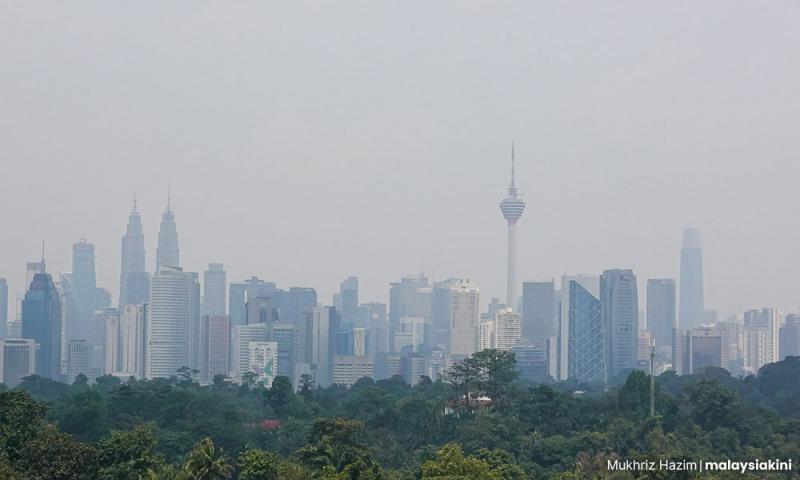COMMENT | Why a transboundary haze law won't ignite
This decision, led by Natural Resources, Environment, and Climate Change Minister Nik Nazmi Nik Ahmad, has sparked discussions among civil society and politicians, warranting closer examination.
Drawing from my experience negotiating for Malaysia in the Asean Agreement on Transboundary Haze Pollution (AATHP), Ministerial Steering Committee (MSC) to the AATHP, and Asean Ministerial Meeting on Environment (AMME) between 2013 and 2020, allow me to delve deeper into this move and outline the reasons behind my support for it.
Persistent haze problem
Haze pollution is an ongoing environmental concern in the Southeast Asian region. It predominantly stems from forest and peatland fires, primarily in Indonesia and is further exacerbated by weather conditions.
The ramifications of the haze are extensive as it affects air quality, public health, and the environment. Historically, attempts to combat this issue have centred on holding those responsible accountable through legislative means.
Challenges of transboundary haze law
The concept of a transboundary haze law...
RM12.50 / month
- Unlimited access to award-winning journalism
- Comment and share your opinions on all our articles
- Gift interesting stories to your friends
- Tax deductable
